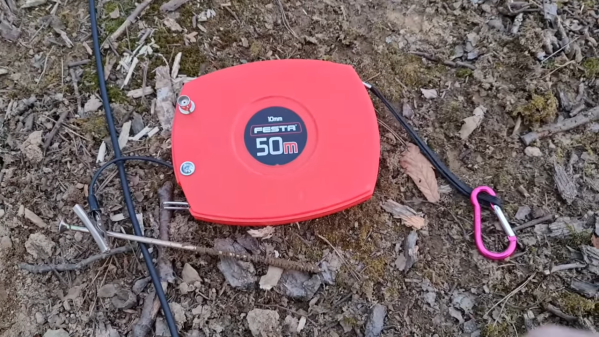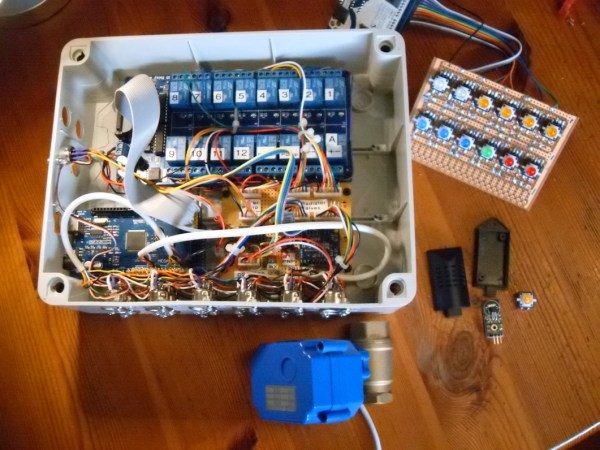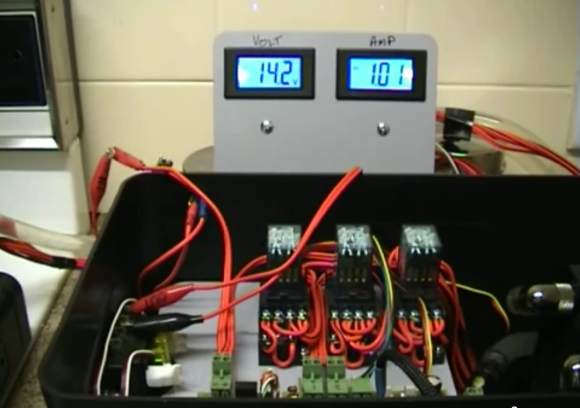There are sadly few 1914 Dennis fire engines still on the road, so when the one owned by Imperial College in London needs a spare part, it can not be ordered from the motor factors and must be made from scratch. Happily, [Andy Pugh] is an alumnus with the required metalworking skills, so in the video below we see him tackling the manufacture of flattened brass tubes for its radiator core.
Forming a round tube to a particular shape is done by pulling it through a die whose profile gradually changes from round to the desired shape. We see him make a couple of tries at this, finally succeeding with one carefully designed to have a constant circumference. The use of CNC machining is something that wouldn’t have been available in the Dennis works in the early 20th century, so we can marvel at the skills of the machinists back then who made the original. Here in 2024 he makes a drawing rig with a geared chain drive suitable for larger scale production.
The video is both a fascinating look at tube drawing and a mind-cleansing piece of workshop observation, and we have to say we enjoyed watching it. If [Andy]’s name sounds familiar to you, this might be because this isn’t the first go he’s had at manufacturing vehicle parts.




 heat pump, so you need to dump the hot-side heat elsewhere. The method [Advanced Tinkering] chose here was to use a pair of off-the-shelf water cooling blocks, mounted into a 3D printed plate. The hot side dumps into a pair of fan-cooled radiators. Four double-layer Peltier modules are wired in parallel to a 60A power supply, which seems like a lot, but Peltier modules are hungry little things. A reasonable amount of power is needed to drive the cooling fans and water pump. The vapor source is a simple pad of liquid alcohol at the top of the stack, just above a metal screen which is held at a high voltage. The vertical electric field allows visualization of the charge of emitted particles, which will curve up or down depending on their polarity.
heat pump, so you need to dump the hot-side heat elsewhere. The method [Advanced Tinkering] chose here was to use a pair of off-the-shelf water cooling blocks, mounted into a 3D printed plate. The hot side dumps into a pair of fan-cooled radiators. Four double-layer Peltier modules are wired in parallel to a 60A power supply, which seems like a lot, but Peltier modules are hungry little things. A reasonable amount of power is needed to drive the cooling fans and water pump. The vapor source is a simple pad of liquid alcohol at the top of the stack, just above a metal screen which is held at a high voltage. The vertical electric field allows visualization of the charge of emitted particles, which will curve up or down depending on their polarity.












